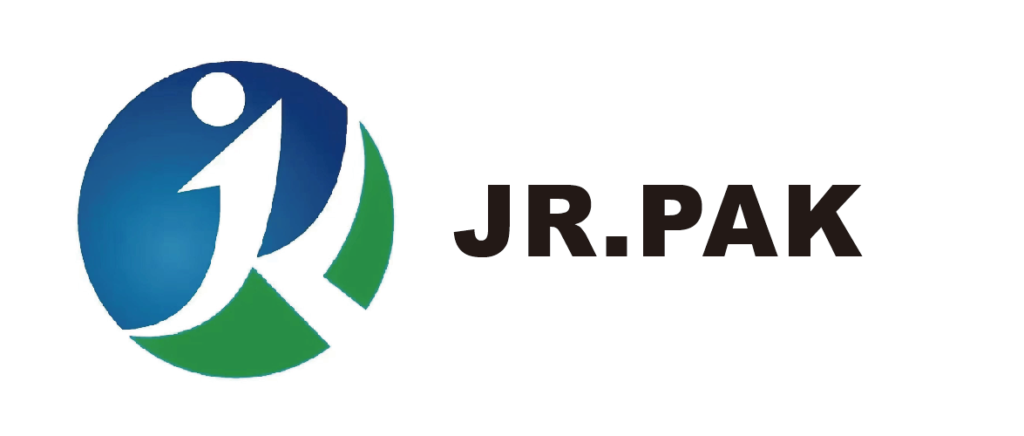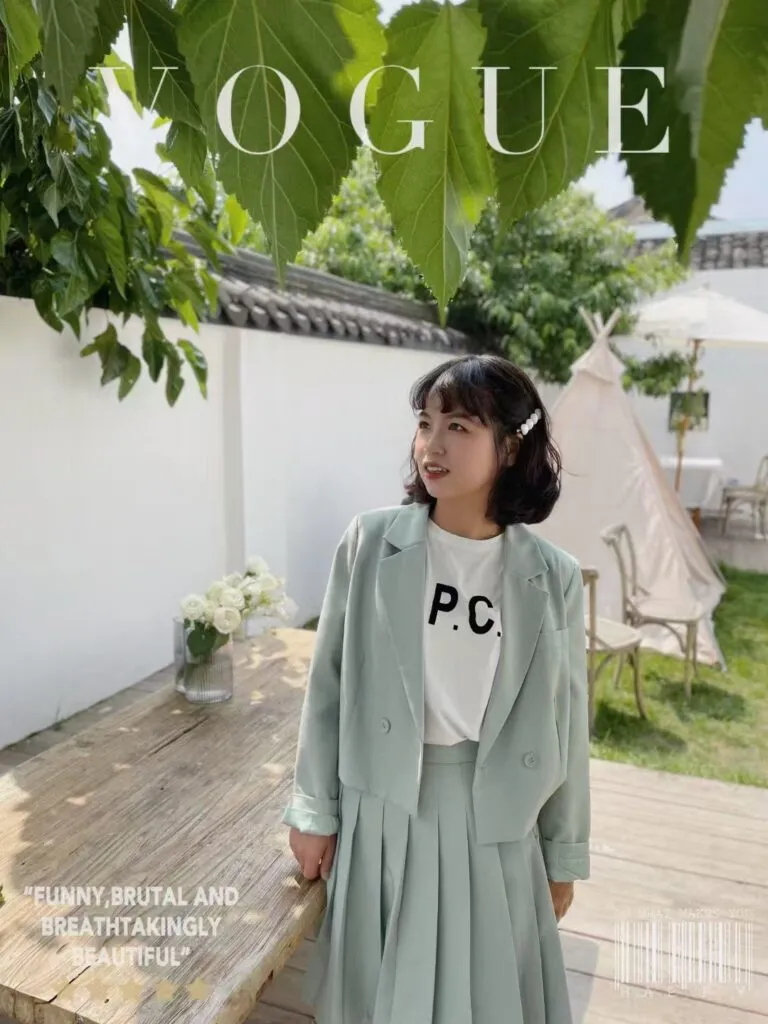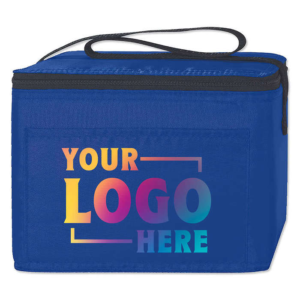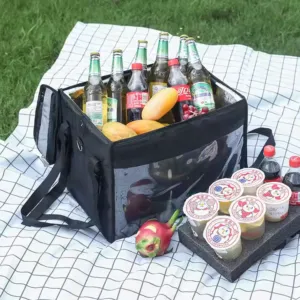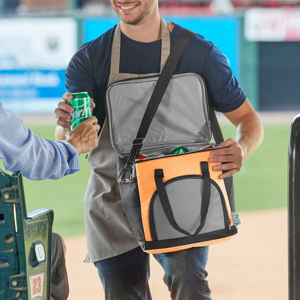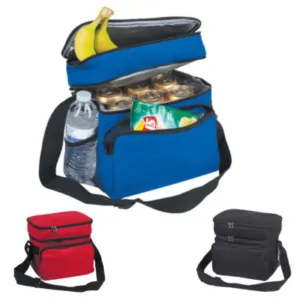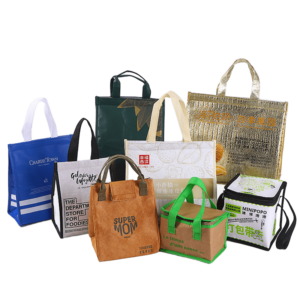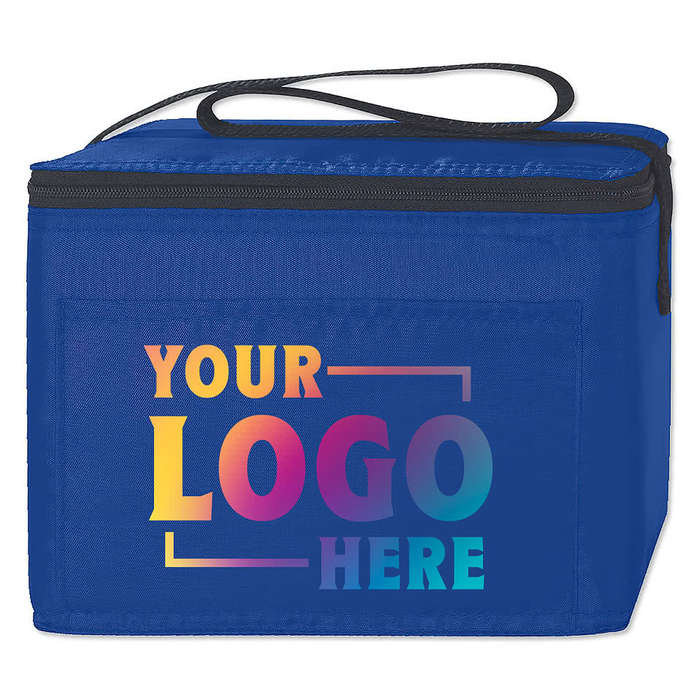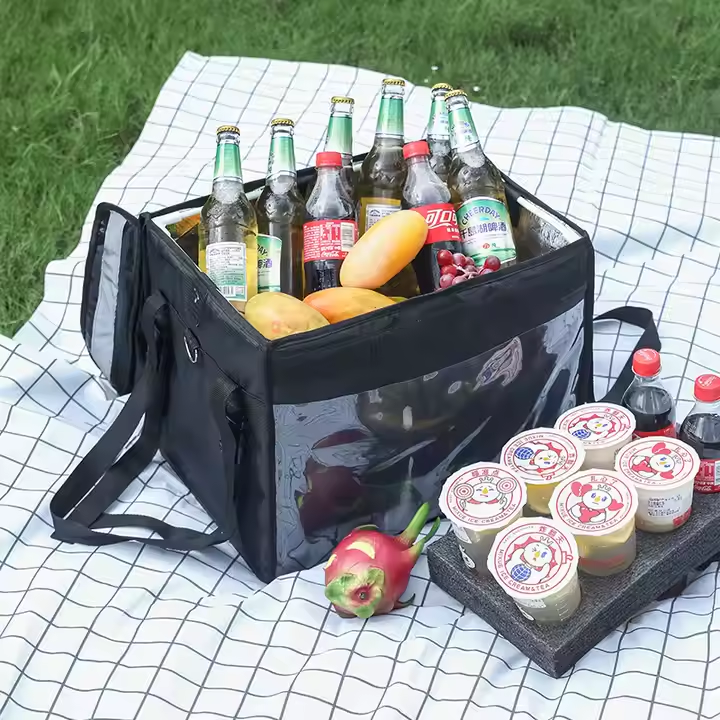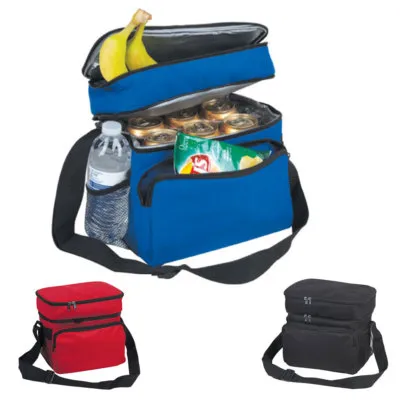Ordering PP woven shopping bags1 in bulk can be a smart branding and sustainability move—but it’s easy to make costly mistakes. This guide highlights 12 common pitfalls to avoid, helping businesses secure durable, functional, and regulation-compliant bags that reflect their brand effectively.
12 Common Mistakes to Avoid When Ordering PP Woven Shopping Bags
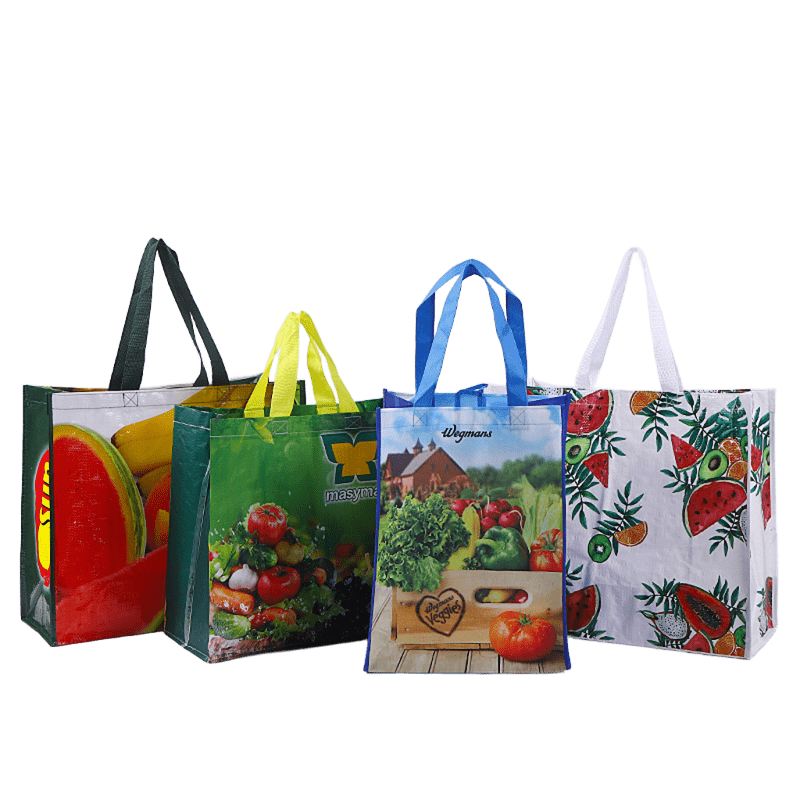
Avoiding these common mistakes ensures your PP woven bags are durable, brand-aligned, and cost-effective for your business needs.
Read on to understand how to prevent errors and optimize your bag ordering process.
Not Planning Ahead

When customers place orders at the last minute, they limit themselves to whatever is immediately available. This usually means fewer options for customization, compromised quality, and increased costs due to urgent production and shipping.
Risks of Rushed Ordering
| Consequence | Description |
|---|---|
| Limited Choices | Only stock items available, no customization |
| Higher Prices | Rush fees and air shipping increase costs |
| Missed Deadlines | Events or promotions may go unsupported |
Proactively planning several weeks or months in advance allows you to choose better materials, adjust the design according to your brand, and often benefit from discounts on bulk and shipping.
Ignoring Certified Reusable Bag Providers2
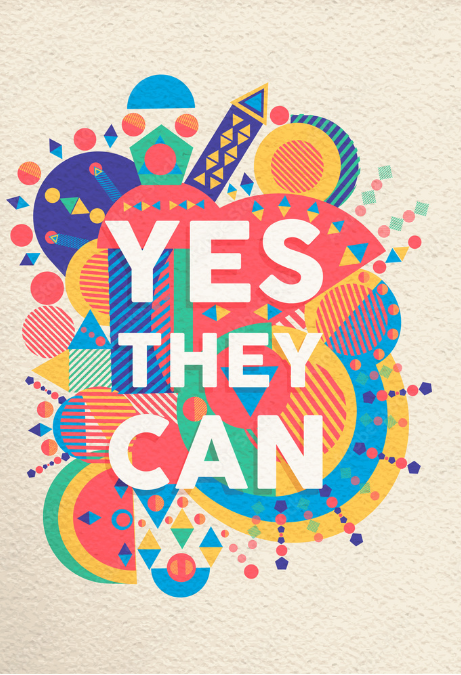
Bags that lack certification may not meet quality or environmental standards. Without certification, issues like handle breakage, fabric tearing, or early wear are common—affecting customer satisfaction and brand credibility.
Certification Benefits
| Certification Type | Benefit |
|---|---|
| ISO/ASTM/EN Standards | Guarantees strength and reusability |
| Eco Labels (e.g. GRS) | Aligns with green marketing and compliance |
Choose manufacturers who offer tested, certified reusable products to ensure longevity and customer trust.
Ordering the Wrong Quantity
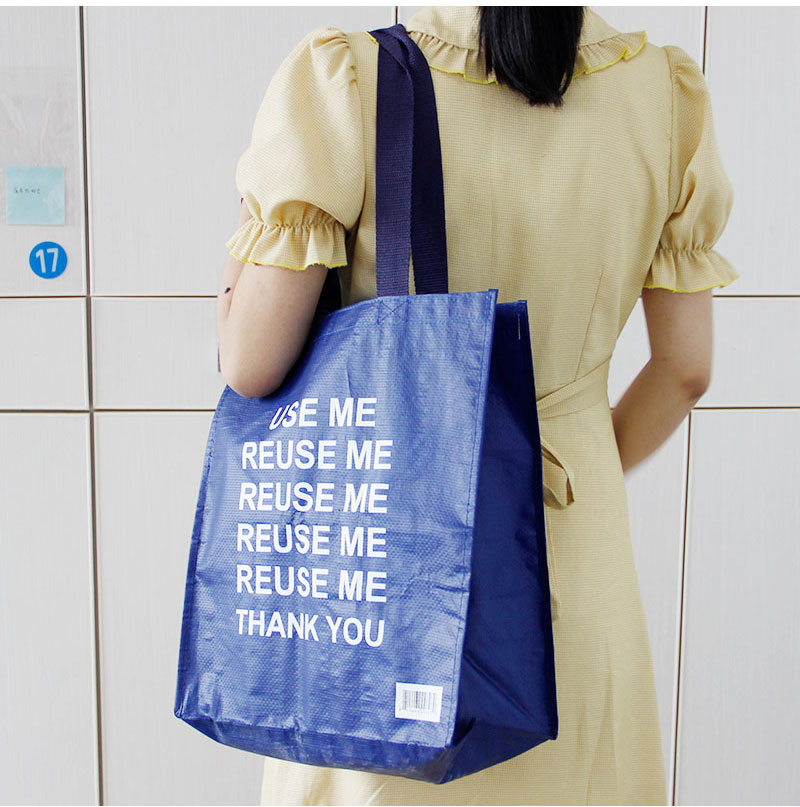
Getting your quantity wrong leads to stockouts or excess storage costs. Small orders can create fulfillment delays. Oversized orders may tie up capital and warehouse space.
Quantity Planning Tips
| Action | Result |
|---|---|
| Analyze Past Demand | Predict accurate quantities |
| Factor in Growth & Events | Avoid future shortages |
| Use MOQ Guidelines | Optimize unit pricing |
Work closely with your supplier to determine the ideal volume based on projected usage.
Overlooking Regulatory Compliance
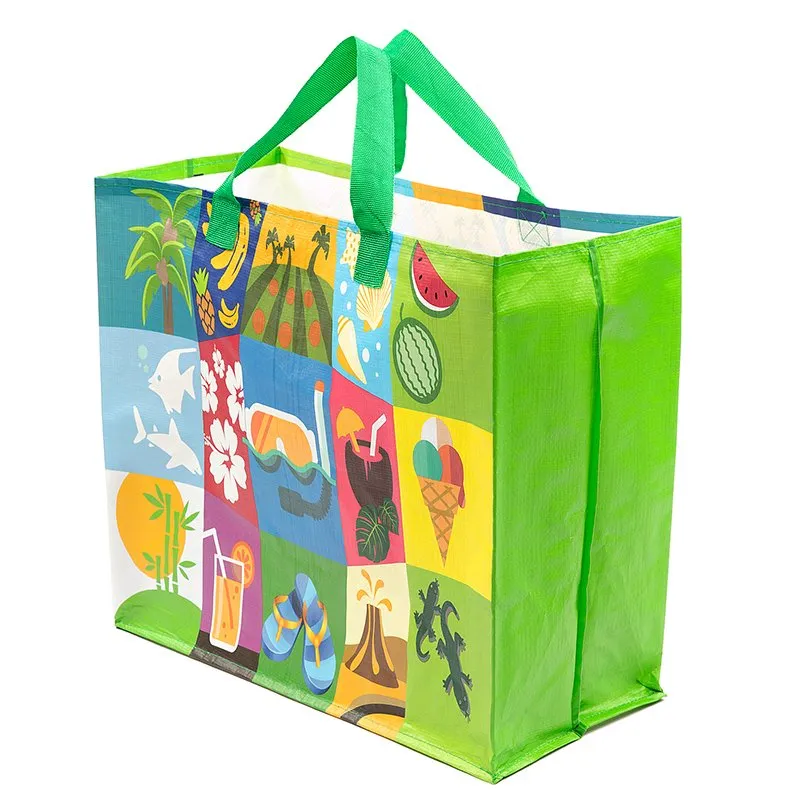
Different countries and regions impose legal requirements on bag materials and labeling. Non-compliant bags can lead to fines, seizures, or product bans.
Compliance Checklist
| Region | Requirement |
|---|---|
| EU | REACH, recyclability, labeling |
| USA (CA/NY) | Reusability standards, recycled content |
| Singapore & Japan | Eco certification and material declaration |
Ensure suppliers are aware of and adhere to your target market’s regulations.
Ignoring Bag Functionality
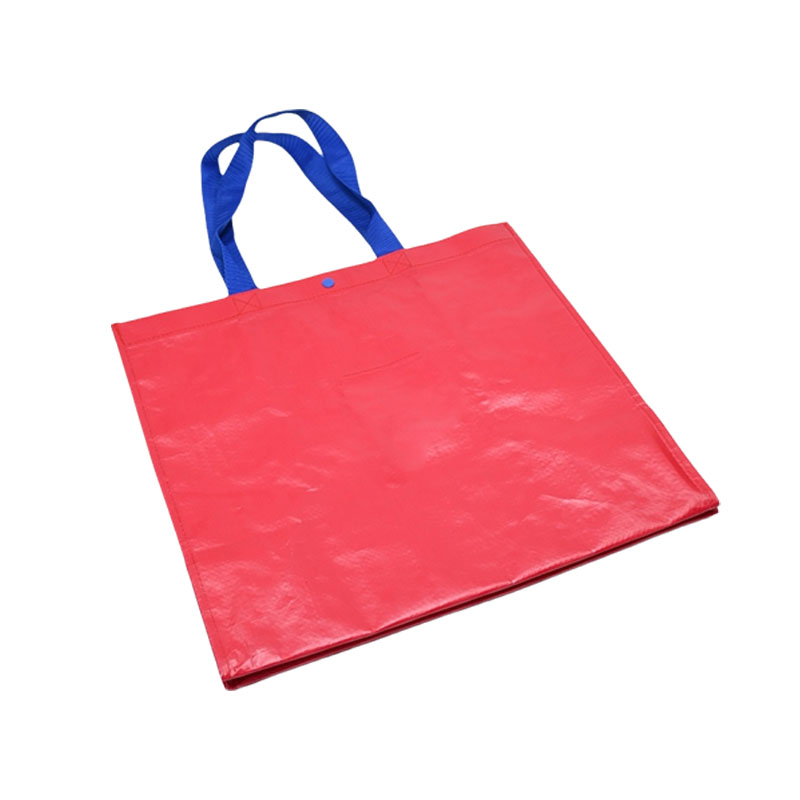
Visual appeal is important, but functionality ensures the bag serves its purpose. Ignoring how the bag will be used leads to design flaws like thin handles or incorrect sizes.
Functional Design Features
| Feature | Why It Matters |
|---|---|
| Long Handles | Comfort for shoulder carry |
| Reinforced Stitching | Prevents tearing under load |
| Side/Gusset Inserts | Improves capacity and shape retention |
Balance form and function to deliver real value to users.
Poor Material Choice
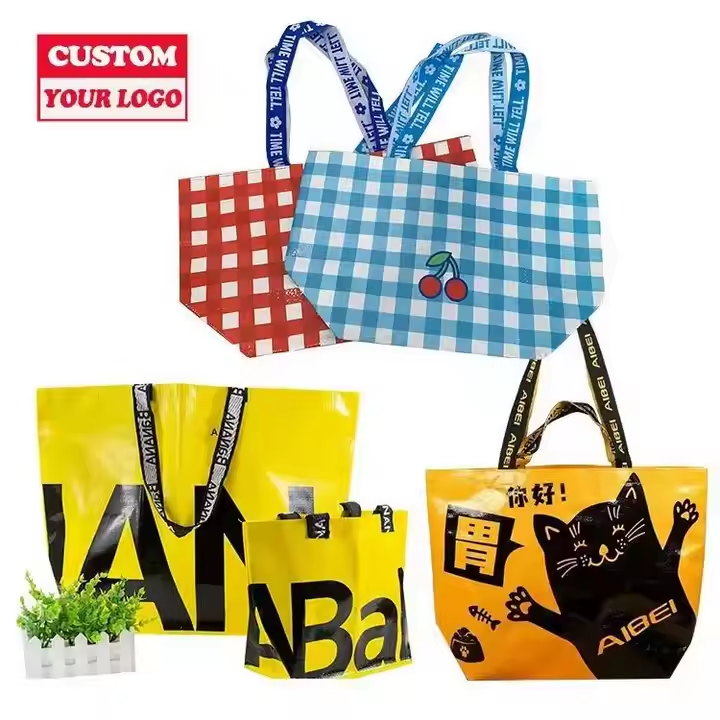
Low-quality fabric may save money initially but can ruin user experience. Material choices affect not only strength but also longevity and visual presentation.
Material Comparison
| Material Grade | GSM Range | Best Use Case |
|---|---|---|
| Basic | 70-90 | Light shopping or event giveaways |
| Mid-Grade | 100-120 | Supermarket/general retail |
| Heavy-Duty | 130+ | Bookstores, groceries, bulky goods |
Consult with suppliers about your expected use to choose correctly.
Neglecting Customization Details
Custom branding is powerful—unless executed poorly. Misprints, mismatched colors, or wrong logos damage your reputation.
Customization Best Practices
| Step | Purpose |
|---|---|
| Provide Vector Files | Ensures crisp print quality |
| Color Match with Pantone | Achieves exact brand colors |
| Request Samples/Mockups | Verifies design accuracy |
Always review proofs carefully before approving mass production.
Underestimating Production and Shipping Time
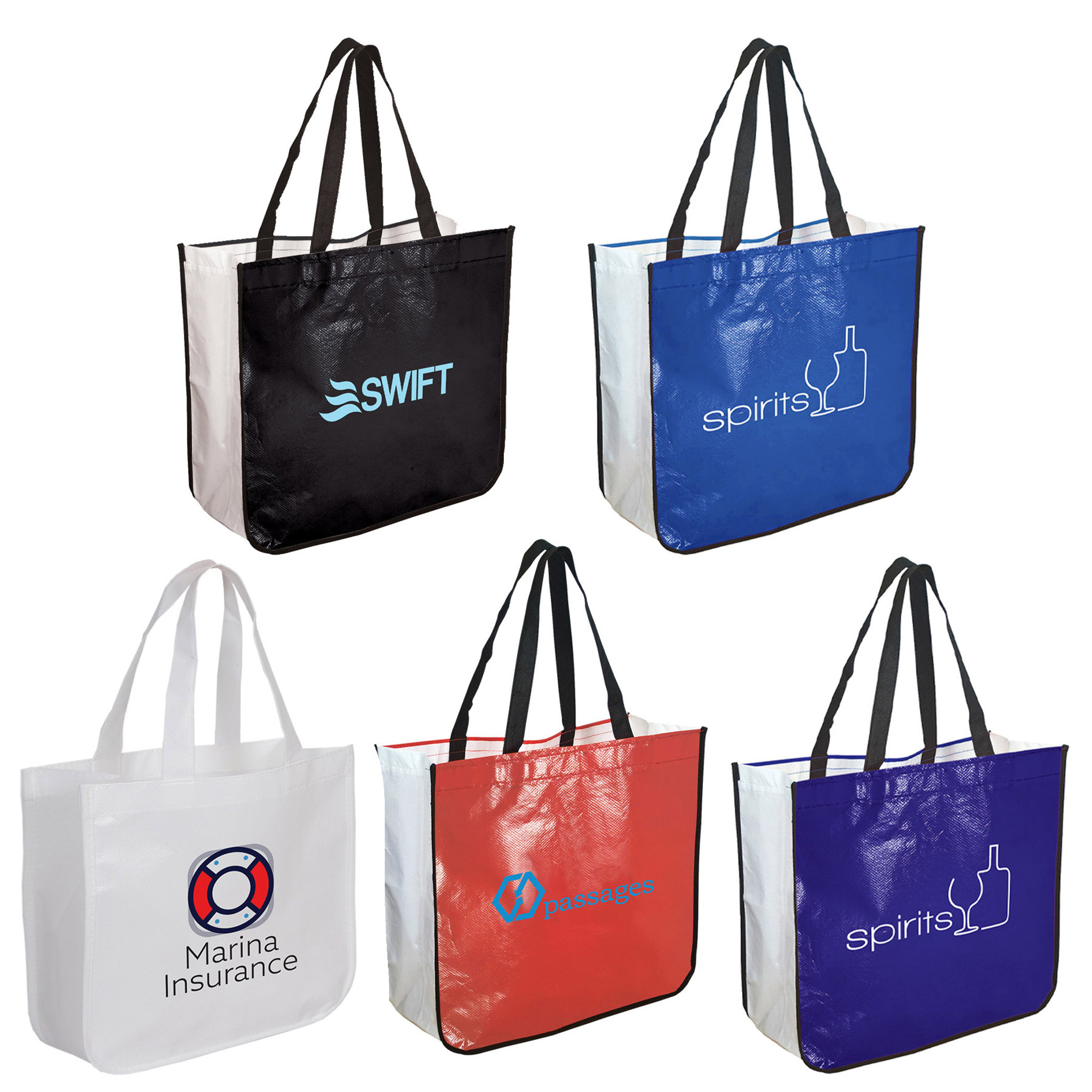
Lead times for custom PP woven bags can stretch due to sourcing, quality checks, and shipping. Misjudging this timeline risks missing key events or promotions.
Sample Timeline
| Stage | Typical Time (Days) |
|---|---|
| Design Approval | 3–5 |
| Production | 10–20 |
| Shipping (Sea) | 20–40 |
Plan at least 2 months ahead of need for smooth delivery.
Skipping Quality Checks
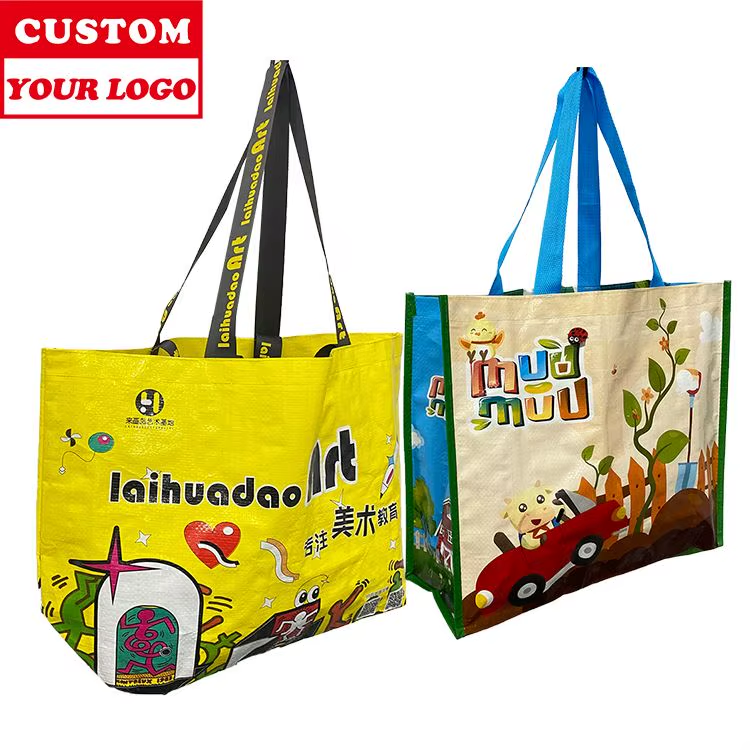
Receiving bags with defects like broken seams or blurry prints reflects poor QC. It increases return costs and damages customer trust.
What to Check
| Quality Check | What to Look For |
|---|---|
| Stitching Integrity | No loose threads or gaps |
| Color Consistency | Uniform across all bags |
| Logo Placement | Matches approved position and size |
Insist on pre-shipment inspections to avoid major setbacks.
Improper Storage and Handling
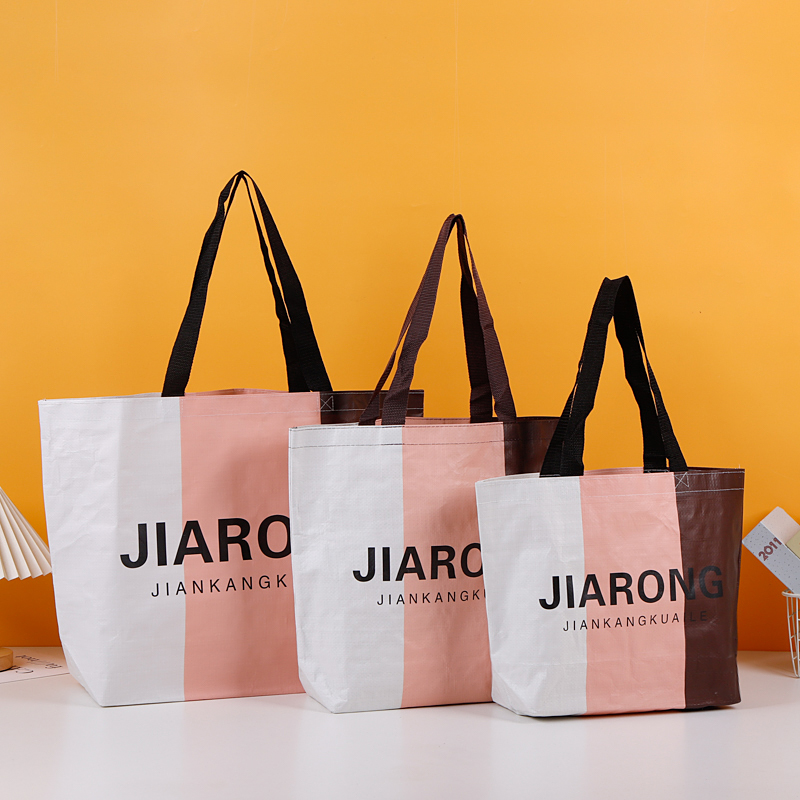
Even well-made bags degrade if stored or transported poorly. High humidity or excessive weight damages material and shape.
Storage Guidelines
| Condition | Recommendation |
|---|---|
| Temperature | 15–25°C, dry, no direct sunlight |
| Stack Height | Max 5 feet to avoid crushing |
| Humidity | Below 60% to avoid mold or weakening |
Store bags correctly to preserve usability over time.
Confusing Bag Types and Specifications
Laminated, coated, or uncoated PP bags all behave differently. Misunderstanding these details leads to receiving bags that don’t fit your intended purpose.
Bag Type Comparison
| Bag Type | Key Feature | Ideal Use |
|---|---|---|
| Uncoated | Breathable, matte look | Dry goods, lightweight items |
| Coated | Water-resistant | Groceries, moist items |
| Laminated (Gloss/Matte) | High-quality finish, durable | Branding promotions, retail packaging |
Ask your supplier to explain options and suggest best fit.
Ignoring Sustainability Trends3

Many customers today demand eco-responsibility. Choosing non-recyclable or unverified bags can alienate this audience and make your brand appear outdated.
Eco-Friendly Options
| Feature | Description |
|---|---|
| Recyclable PP | Widely accepted in plastic recycling |
| Recycled Material Content | Made with post-consumer PP |
| Biodegradable Additives | Breaks down faster in landfill conditions |
Promoting your bag’s environmental benefits helps meet evolving consumer expectations.
Conclusion
Avoiding these 12 mistakes can greatly improve the outcome of your PP woven shopping bag orders. Each point emphasizes the importance of planning
Want expert guidance on your next PP woven bag order?
We’re here to help with free mockups, custom design, and competitive pricing.
Zhejiang Jiarong Packaging Co., Ltd.
Specialized in PP woven bags, non-woven bags, and custom eco packaging.
👉 Visit us at zjjrpackaging.com
-
Explore the advantages of PP woven shopping bags to enhance your brand's sustainability efforts and customer appeal. ↩
-
Learn how certified reusable bag providers can ensure quality and compliance, boosting your brand's credibility. ↩
-
Stay updated on sustainability trends to align your brand with eco-conscious consumer preferences and enhance your market position. ↩
